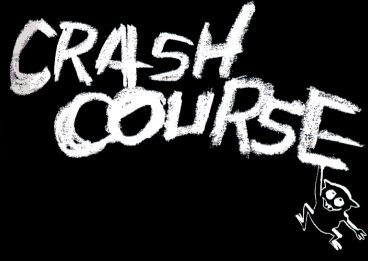

Rosetta Mcleod is the Principal Teacher of English at Linksfield Academy in Aberdeen. She has recently had a book published by Melbourne House called Learning with Adventure Programs. Here, she explains some of the reasoning behind the use of computer games in the classroom.
Since the Department of Trade and Industry’s offer entitling each primary school to a half-price computer, the majority of primary schools in Great Britain now have at least one micro. The number of micros in secondary schools is also increasing rapidly — but to what use are all these computers being put?
In secondary schools, subjects like Computer Studies are being introduced into the curriculum and usually come under the control of the Mathematics department. In these courses, children are taught programming skills, but I believe that there are other ways in which teachers with no knowledge of computing can use microcomputers in their classrooms. The obvious way, of course, is to use commercially available educational programs — the ones for English for example, are designed mainly for individual use, and purport to help with spelling, grammar, punctuation etc. These can be very useful in their own way, but what the majority of teachers require, is a way of using a computer with a whole class.
Over the last year, I have been experimenting with the use of adventure programs in the classroom and have been greatly encouraged by pupil response. Good quality adventures can act as a useful stimulus both in primary schools, where they can form the central core of project work, and in the English departments of secondary schools, where they can be used to foster skills in reading, writing, talking and listening. The first adventure program I used in the classroom was The Hobbit (Melbourne House).
First of all, my English class of around 30 Third Year pupils of below average ability, read the opening chapters of Tolkien’s novel and discussed the main characters and the clues given in these chapters. Looking for clues which would help us play the adventure game was seen as a fun task, but also provided useful practice in close examination of a text. The pupils also studied selected extracts from the player guide to the program and undertook discussion and written work on computer Inglish, rules of grammar, parts of speech etc, before beginning to play the adventure. Initially, the children needed a fair amount of direction on the sort of commands to input, but after a short time they all had a good idea of the Inglish to use.
As we went through the early stages of the game, we drew a map to keep track of the directions we were taking and the locations we were arriving at. Using the program in this way led to very valuable oral work; we discussed at length the commands to type in, and where disagreement arose, various pupils were asked to argue their case, which they did remarkably well, referring to the text of the novel and to the map to back up their point of view.
The work unit, then, proceeded along these lines: we read a few chapters at a time of the novel, then we used the computer program to take Bilbo and his friends along the stage of the journey that we had read about. The children completed a variety of assignments under the four skills of reading, writing, talking and listening, and were greatly stimulated by the adventure game.
The success of this particular unit encouraged me to devise other units of work which I have described in detail in a book Learning with Adventure Programs (Melbourne House). In a unit on Valhalla (Legend) which involved the use of a number of stories from Norse mythology, I devised an assignment using a review of the game from CRASH magazine — a review which seemed to me to be particularly well-structured and well-expressed. My book also relates how I made use of the designer program The Quill to stimulate the creative imagination.
The work I prepared around these programs was initially designed for use in the English department of a secondary school, but some sections have been tried out with great success in primary schools. I believe that classrooms should provide exciting and stimulating learning opportunities, but all too often education is book- or worksheet-centred largely because of the preference of the teacher. I have found that adventure games can stimulate even the most reluctant pupil and can be used by the teacher to promote sound educational aims.
Many of my pupils are now regular readers of CRASH magazine — they read avidly the reviews of new adventure games in the hope of finding a game which they can suggest to me for use in the classroom!